Fundamental Carburetion, From the Gas Tank to the Combustion Chamber
 by Dean G. Tryon
by Dean G. Tryon
Were you aware that the carburetor was invented 1825 but only first patented half a century later? Or that in the 2020s carburetors are far from archaic or static? Developments and improvements are continually being made to their technology for they are still very much in use around the world.
This book will not teach or show you how to repair or rebuild your carburetor. But once you’ve absorbed all that it does explain—lucidly and clearly at that—you’ll be that much more capable of maintaining and operating any vehicle equipped with a carbureted engine no matter the make or year be it those very earliest or one of the last used by any vehicle sold in the US from the time carburetors were phasing out following being mandated to be replaced by on-board diagnostics (OBD) and electronically controlled fuel injection systems.
That first generation of OBD systems, known as “OBD I,” was introduced in 1981. Then, because each vehicle manufacturer developed its own system, there was no standardization among this generation of technology. As a result, manufacturer-specific OBD I systems required a variety of diagnostic software and hardware. In general, OBD I vehicles were built through model year 1995 after which Federal legislation mandated all vehicles sold in the US, regardless of country of origin, must have its engine operation electronically controlled. And SAE, too, had stepped up to the challenge developing standards which, in turn, were mandated by the EPA.
As its title suggests, Fundamental Carburetion covers the principles that play a role in the carburetion function with chapters on fuels and their delivery, “Intake Manifolds and Air Induction,” “Ignition Systems,” and much more. Its author, Dean Tryon, is particularly well able to discourse (and write) at length and in great detail on the topic for he spent his entire 40-year career at GM’s Rochester Products Division following earning his degrees from GMI (now Kettering University) and University of Michigan. Tryon engineered and designed production and experimental carburetors and emission control products, two of which he holds patents on. One dated 1975 addresses a carb’s ability to adjust to altitude changes. Another, granted 1981, is concerned with turbocharged engine control.
As indicated above, the information is organized by systems that are related to carburetion. Within each segment, called a chapter, the topic is identified with its own number as can be seen on the first two page pairs below. The TOC uses those numerical identifiers along with the words too making it easy to find information at will. The pages are illustrated with clear, crisp photos and cutaway drawings, putting the words in visual form.
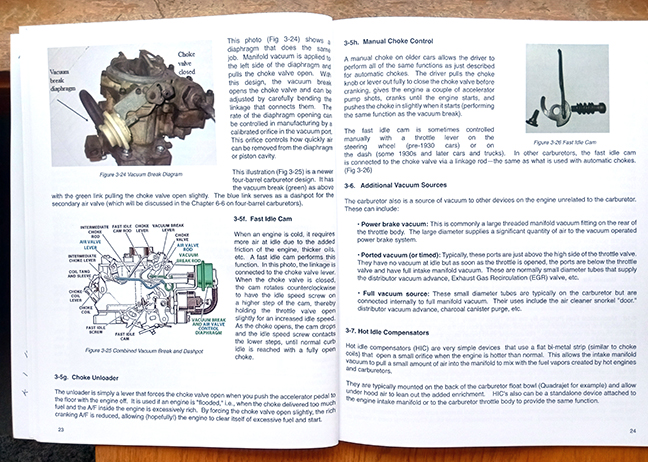
Even though the book is self-published, Tryon took care to work with a genuinely competent printer for the paper is good quality and the binding superb. The book holds up well to heavy use and being consulted frequently with no fear of it self-destructing.
Page pair immediately below is from the chapter “Variations in Carburetor Implementation” showing, top left, under hood of a tri-power Pontiac GTO and, beside it, dual 4-barrels of a Dodge Hemi. The cutaways beneath are, top a Quadrajet and, beneath it, an SU. Facing page is a Marvel Updraft.
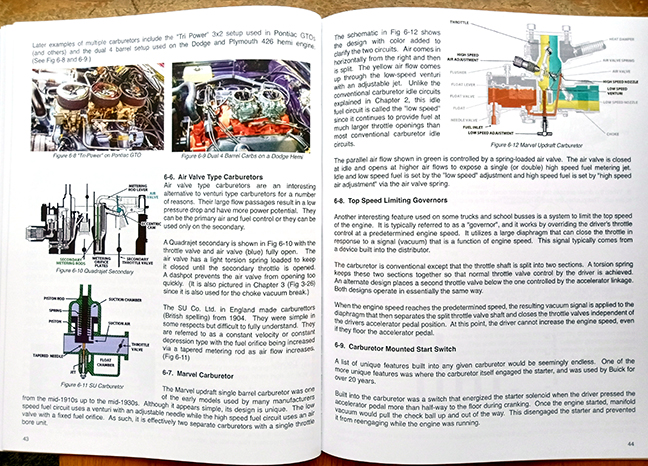
Perhaps one of the most oft-used and -consulted by the hands-on reader is the concluding chapter which is four pages of “Trouble shooting Tips” the first two of which are shown immediately below. It opens with a bit of solid advice that emphasizes, “Be sure to consider all possibilities before you start ‘fixing’ things . . . manufacturers publish diagnostic information that you should follow rather than just assuming the carburetor is at fault” and is followed by an eight-point list of items to “double check” first.
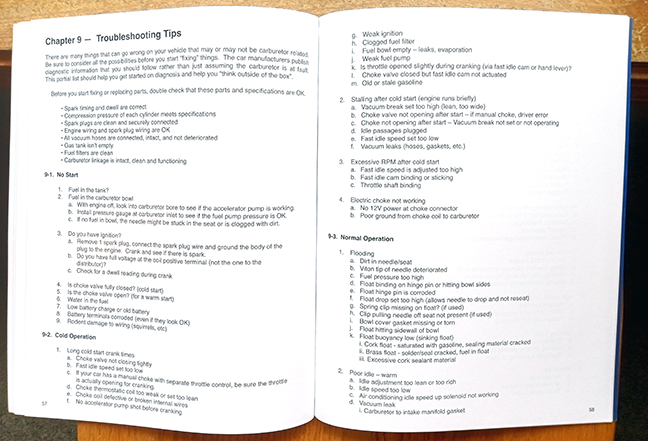
Last are six appendices each of which is equal parts interesting and useful. The first one is an explanation and visual demonstration of a “Buoyancy Test,” the next details “The Stewart-Warner Vacuum Tank.” With the third, Tryon shows and explains the “Carburetor Fuel Level Test Stand” he created and constructed as he also details its use and relevance. The fourth appendix features four pages of images of 18 different carbs, each accompanied with a brief list of its main points.
So, who is this book really for? It is (or should be) of use and interest to anyone who owns, drives, or ever works on any vehicle equipped with a carburetor. Doesn’t matter whether you are one who is hands-on getting greasy in the engine compartment or an owner with others who has the maintaining and tuning of the vehicle done by others. Quite simply, the more you comprehend and understand about your vehicle systems, the better you’re able to deal with issues as may happen and/or be of help to those who work on them for you as you’ll be better able to describe symptoms more accurately.
Copyright 2024 Helen V Hutchings, SAH (speedreaders.info)


 RSS Feed - Comments
RSS Feed - Comments



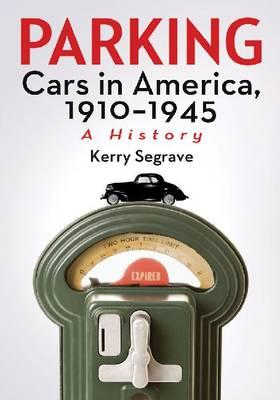




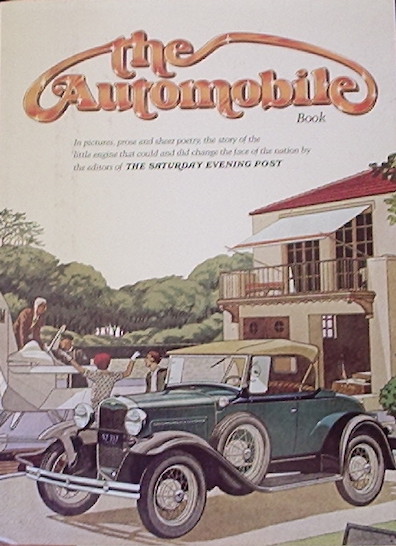
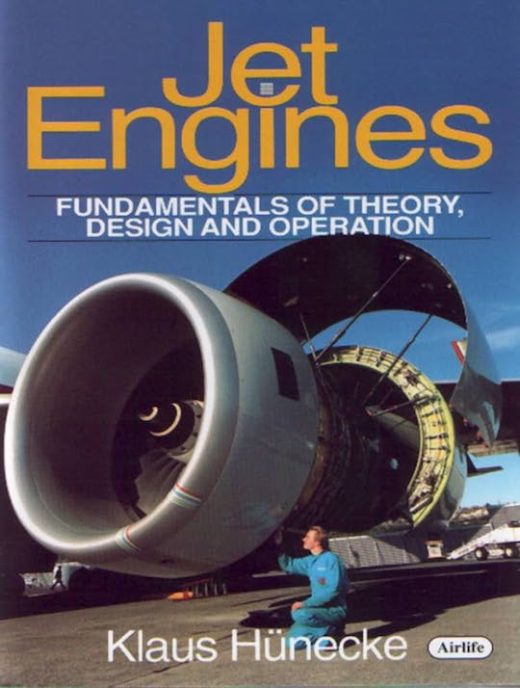
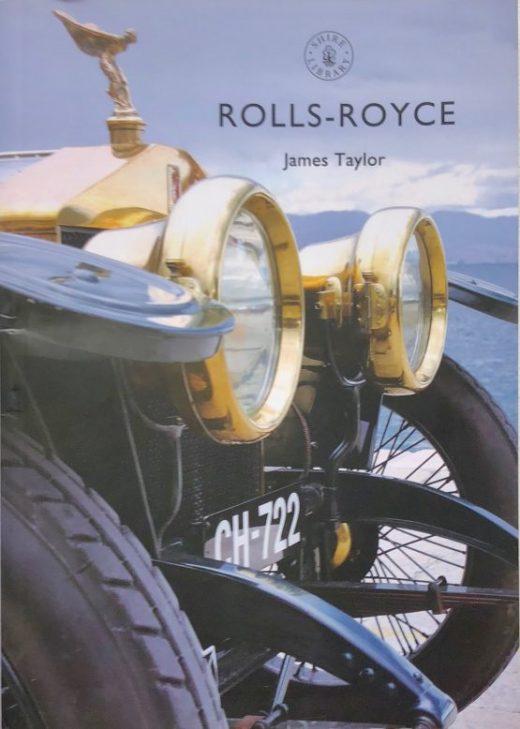









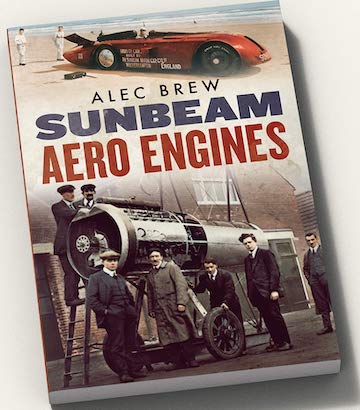






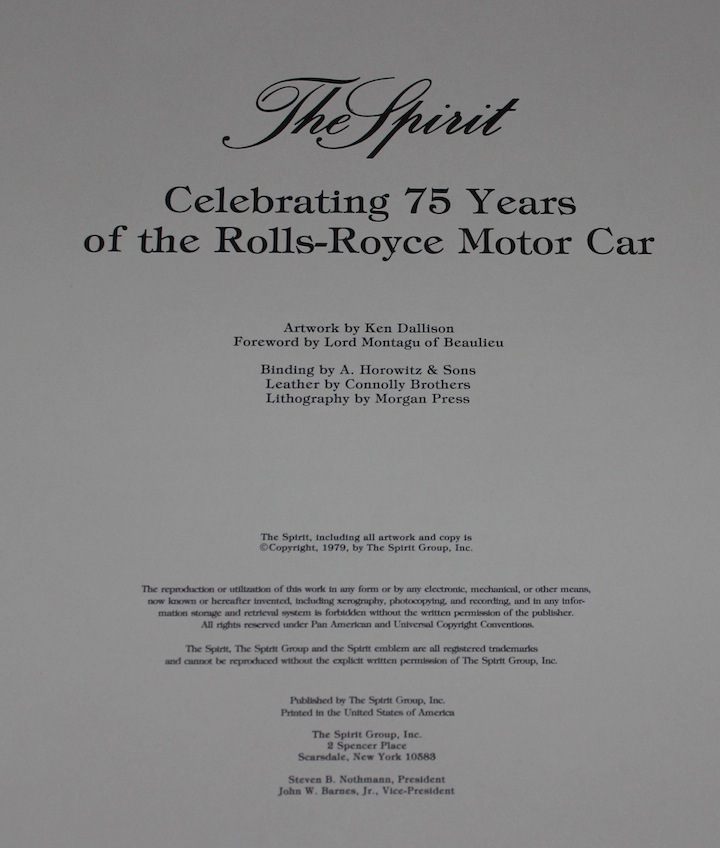







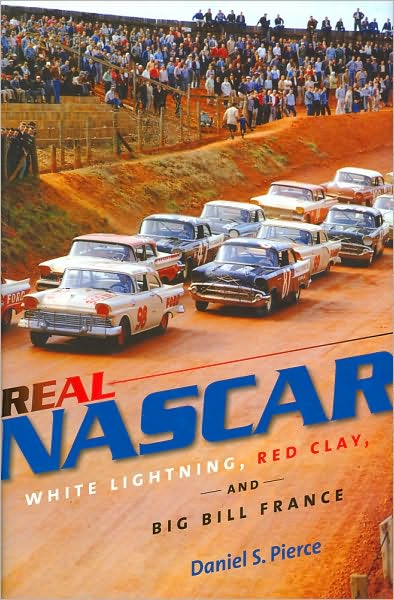









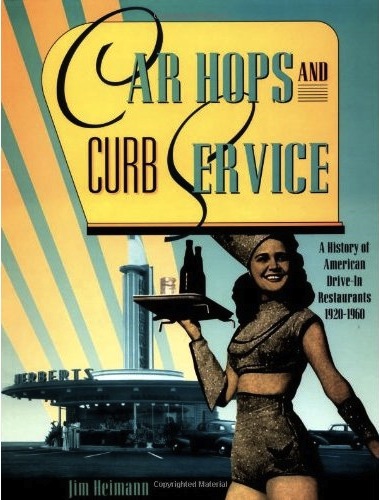

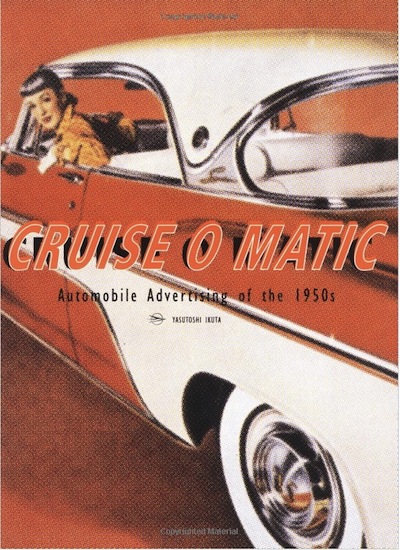




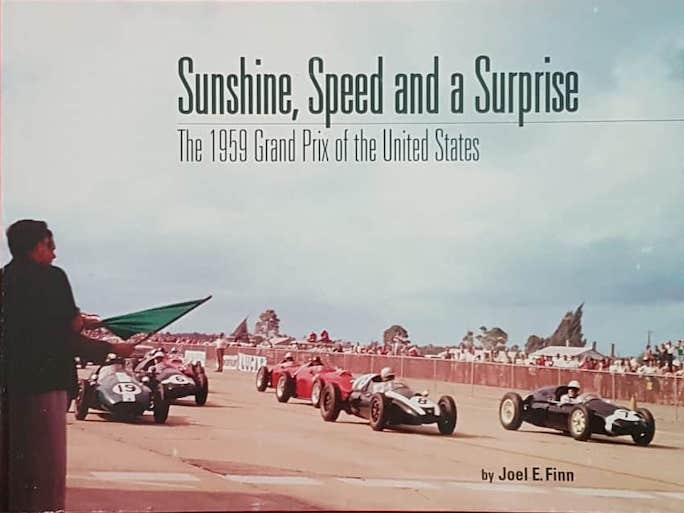




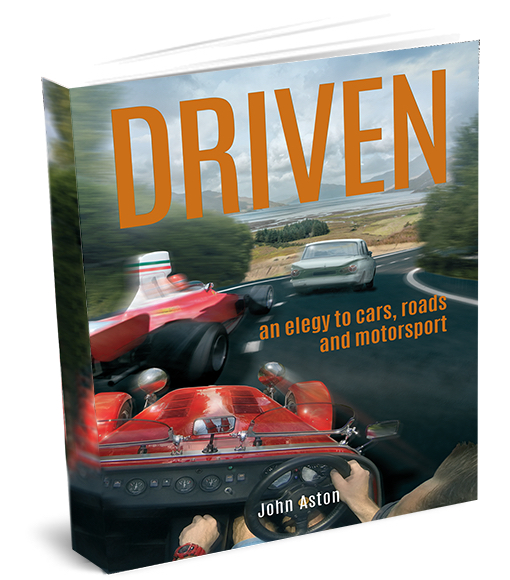









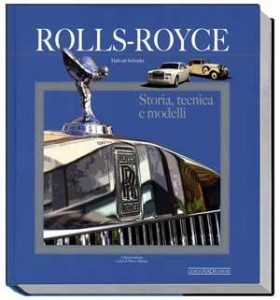

 Phone / Mail / Email
Phone / Mail / Email RSS Feed
RSS Feed Facebook
Facebook Twitter
Twitter